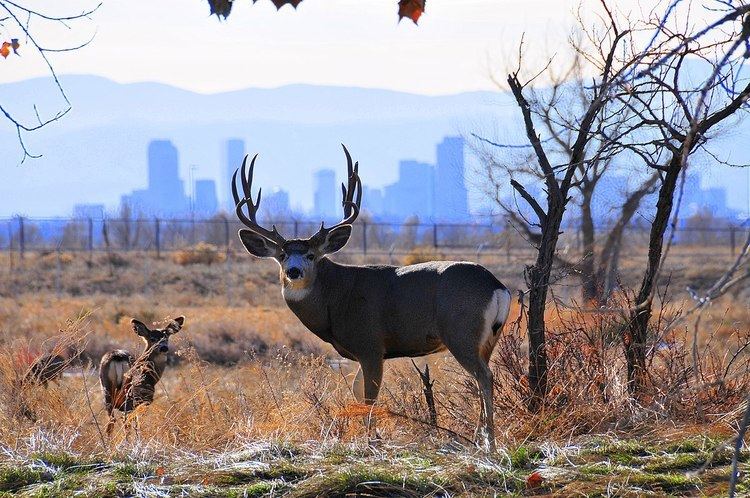 | ||
Involuntary park is a neologism coined by science fiction author and environmentalist Bruce Sterling to describe previously inhabited areas that for environmental, economic, or political reasons have, in Sterling's words, "lost their value for technological instrumentalism" and been allowed to return to an overgrown, feral state.
Contents
Origin of the term
Discussing involuntary parks in the context of rising sea levels due to global warming, Sterling writes:
They bear some small resemblance to the twentieth century's national parks, those government-owned areas nervously guarded by well-indoctrinated forest rangers in formal charge of Our Natural Heritage©. They are, for instance, very green, and probably full of wild animals. But the species mix is no longer natural. They are mostly fast-growing weeds, a cosmopolitan jungle of kudzu and bamboo, with, perhaps, many genetically altered species that can deal with seeping saltwater. Drowned cities that cannot be demolished for scrap will vanish wholesale into the unnatural overgrowth.
While Sterling's original vision of an involuntary park was of places abandoned due to collapse of economy or rising sea-level, the term has come to be used on any land where human inhabitation or use for one reason or other has been stopped, including military exclusion zones, minefields and areas considered dangerous due to pollution.
Real involuntary parks
Real examples do indeed fulfil the description of "green" and "full of wild animals", but Sterling's dystopian vision of an "unnatural" ecology has not been observed. Rather, the Chernobyl disaster area has seen the return of long-gone natural animals such as boars, wolves, bears, and a thriving herd of released Przewalski's Horses. While wildlife flourishes in the least affected areas, tumors, infertility and lower brain weight is reported from many smaller animals in the more contaminated areas. The former Rocky Mountain Arsenal, Denver, CO was abandoned for years due to contamination from production of chemical weapons, yet the wildlife returned and the site was eventually turned into a wildlife refugium.
Involuntary parks where human presence is severely limited can host animal species that are otherwise extremely threatened in their range. The Korean Demilitarized Zone is thought to house not only Korean tigers, but also the critically endangered Amur leopard.
